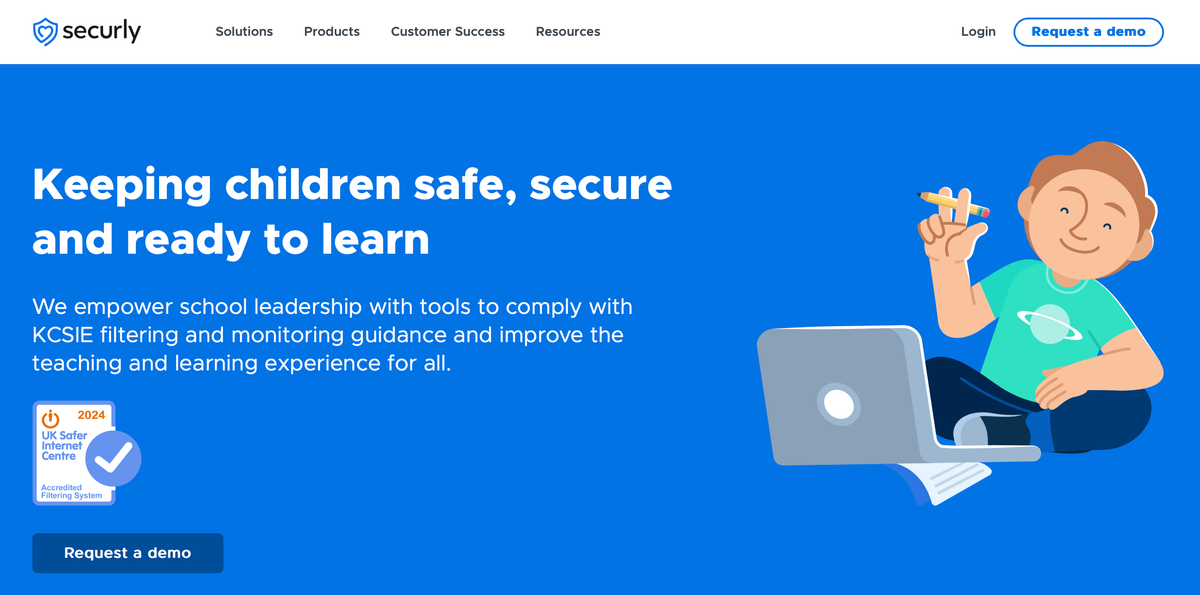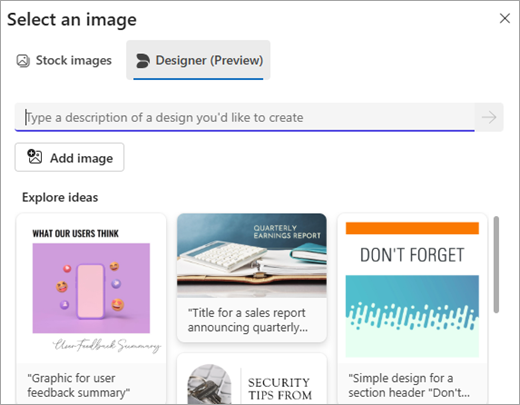Securly in Schools: A Complete Guide to Student Safety and Digital Wellbeing
Discover how schools are using Securly to safeguard students in the digital age while promoting healthy online behaviours. This comprehensive guide explores implementation strategies, monitoring capabilities, and best practices for balancing student privacy with safety - essential reading for edu...

Understanding the Modern Safeguarding Challenge
The approach to digital safeguarding in education has become increasingly sophisticated as technology use has evolved. Students now routinely access learning resources across multiple devices both at school and at home, presenting educational institutions with broader considerations for online safety and security.
Ofcom's 2023 'Children and Parents: Media Use and Attitudes' report reveals that 99% of children aged 3-17 access online content, whilst 71% of 12-17 year olds maintain social media accounts. The Keeping Children Safe in Education guidance highlights the enhanced responsibilities educational institutions have in safeguarding students within these digital environments.
Educational institutions with advanced IT infrastructure face additional considerations in their safeguarding approach. This includes balancing comprehensive digital protection with appropriate levels of student privacy, whilst meeting parental expectations. The diverse range of educational platforms - from learning management systems to collaboration tools - requires careful oversight. Research into operating system security vulnerabilities suggests that even fundamental technology components may introduce security considerations that require attention.
Regulatory frameworks provide additional guidance for digital safeguarding practices. The Independent Schools Inspectorate (ISI) evaluates institutions' online safety protocols during inspections, examining both written policies and their practical implementation. Educational institutions are expected to demonstrate comprehensive digital protection strategies that extend beyond technical measures, incorporating programmes that help students develop sound judgement and resilience in their online interactions.
The implementation of comprehensive digital safeguarding measures presents practical challenges for educational institutions. Many schools manage their digital protection strategies with modest IT resources, requiring staff to balance multiple responsibilities effectively. While contemporary monitoring solutions offer enhanced capabilities for student protection, they necessitate thorough planning, consistent maintenance and appropriate staff training to ensure their effectiveness.
Key Features and Capabilities
When evaluating digital safeguarding solutions, it is important to consider how different protective measures work in concert. An integrated approach typically encompasses monitoring, filtering and reporting capabilities, which together support the broader goals of student safety and wellbeing.
Web Filtering
Modern web filtering systems employ multiple layers of protection, operating at both network and browser levels to provide precise control over internet access. Educational institutions can establish differentiated access policies tailored to specific year groups, academic departments or staff roles. This approach helps ensure appropriate content access whilst maintaining educational flexibility.
- Content classification systems with configurable access parameters
- Selective video platform controls that facilitate access to educational resources whilst restricting unsuitable content
- Enhanced search engine safety protocols and term monitoring systems
- Schedule-based access management aligned with the academic timetable
Student Wellness Monitoring
Digital monitoring systems can identify potential safeguarding concerns by analysing student activity and communications. Key monitoring capabilities include:
- Analysis of written content to identify concerning emotional patterns
- Recognition of terms that may indicate safeguarding concerns
- Observation of usage patterns to identify significant changes in behaviour
- Adjustable monitoring parameters with structured response protocols
Device Management
Contemporary safeguarding solutions accommodate device management across diverse operating environments, including Windows, MacOS, Chrome OS, iOS and Android, regardless of whether devices are institution-owned or part of bring-your-own-device programmes. The essential management capabilities include:
- Centralised control of software permissions and system configurations
- Secure device monitoring and technical support functionality
- Asset tracking and device status monitoring
- Security protocols for data protection on lost or stolen devices
Remote Learning Support
Through cloud-based architecture, these safeguarding measures remain active beyond the school premises, providing consistent protection during remote learning activities. This continuous coverage helps educational institutions fulfil their safeguarding responsibilities whilst supporting flexible learning environments that extend beyond traditional classroom settings.
The effectiveness of digital safeguarding measures depends significantly on appropriate configuration that aligns with each institution's educational objectives. When implementing these systems, educational institutions should carefully assess their specific requirements, considering factors such as age-appropriate access levels and the varying needs of different academic departments. This thoughtful approach helps maintain an appropriate balance between protective measures and educational accessibility.
Implementation Considerations and Future Outlook
The successful deployment of digital safeguarding solutions requires thorough assessment of technical compatibility and integration requirements. Educational institutions should evaluate how new safeguarding tools will interact with their existing infrastructure, including authentication systems, device management platforms and learning environments. This evaluation helps ensure seamless operation across the institution's digital ecosystem.
Professional development in digital safeguarding practices is essential for effective implementation. While modern monitoring systems offer user-friendly interfaces, staff require thorough understanding of both technical functions and safeguarding protocols. Educational institutions should establish ongoing training programmes that address initial implementation needs and provide regular updates as systems evolve. Clear designation of responsibilities within the safeguarding framework is vital, particularly regarding alert monitoring, system configuration and communication between technical and pastoral care teams.
The investment in digital safeguarding extends beyond initial procurement costs. Several critical factors warrant consideration:
- Allocation of personnel resources for system oversight and daily operations
- Ongoing staff development and certification requirements
- Infrastructure maintenance and technical support provision
- Alignment with established pastoral care frameworks
Digital safeguarding measures must carefully balance student protection with data privacy requirements under UK legislation. Educational institutions are required to comply with both the General Data Protection Regulation (GDPR) and the Data Protection Act 2018, which establish specific parameters for data handling. The following section outlines essential compliance considerations:
- Secure data storage protocols and authorised transmission methods
- Defined schedules for data retention and secure disposal
- Role-based access permissions with comprehensive activity logging
- Data protection impact assessments for safeguarding processes
The landscape of digital safeguarding continues to evolve with technological advancement. Educational institutions face emerging considerations from artificial intelligence-generated content, end-to-end encrypted communications and immersive virtual environments. When evaluating safeguarding solutions, institutions should assess their adaptability to these developments and their capacity to incorporate new protective measures as digital environments change.
Digital safeguarding technology, whilst essential, represents one component within a comprehensive protection framework. Its effectiveness is maximised when integrated with clear institutional policies, structured digital citizenship education and established pastoral care systems. Educational institutions should carefully consider how monitoring practices align with student privacy rights and personal development needs, fostering an environment that encourages responsible online behaviour whilst maintaining appropriate safeguards.




